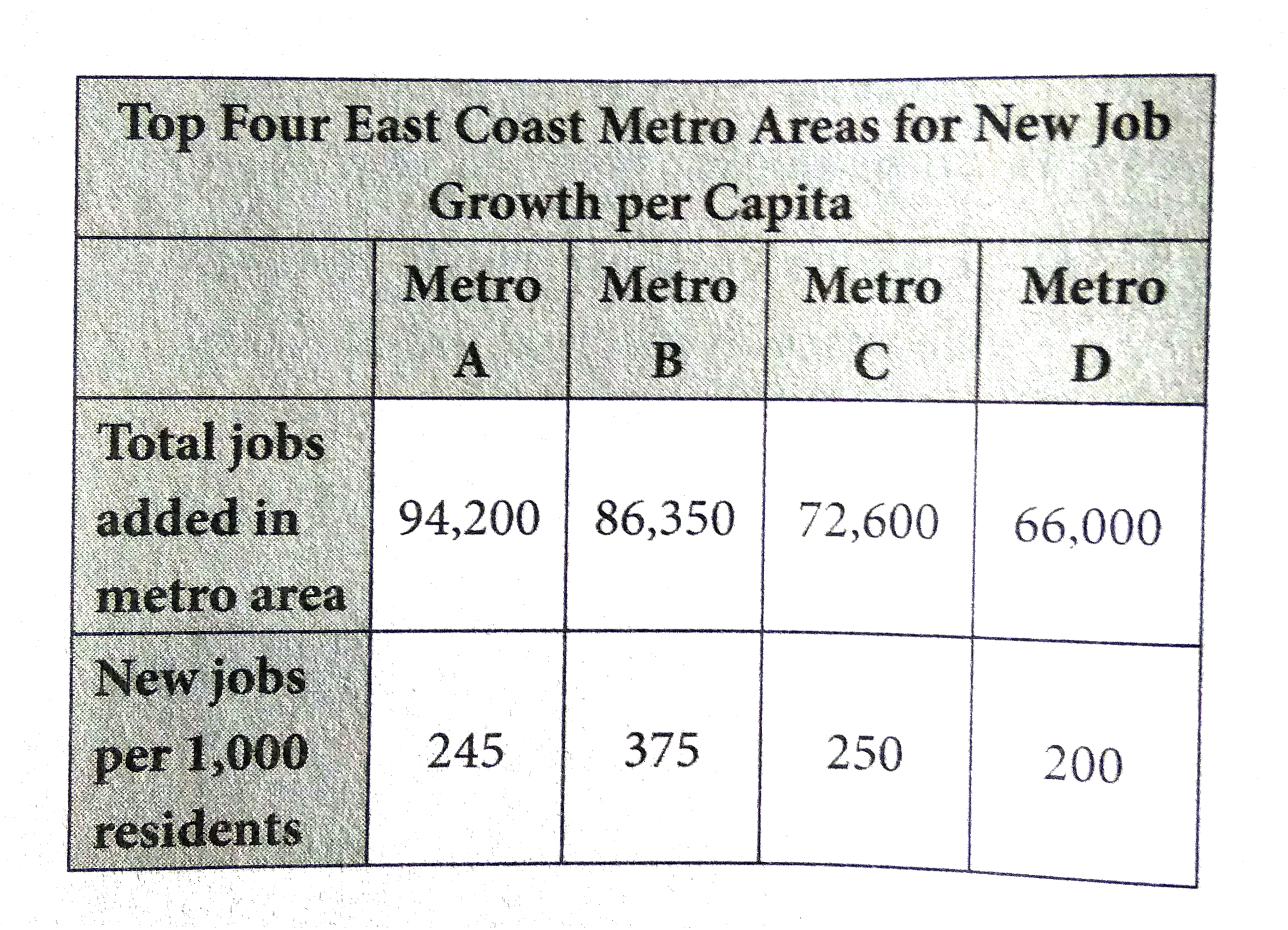Which of the following will decrease the density of population in a given area ?
Nataility and Immigration
Mortality and Immigration
Natality and Emigration
Mortality and Emigration
The correct Answer is:4
To determine which factors will decrease the density of a population in a given area, we need to analyze the options provided in the question. Here’s a step-by-step breakdown of the reasoning:
Step 1: Understand the Terms
- Natality: This refers to the number of births in a population over a specific period. An increase in natality means more individuals are added to the population, which would increase population density.
- Immigration: This is the movement of individuals into a population from another area. Immigration increases the number of individuals in the population, thus increasing density.
Step 2: Analyze the First Option (Natality and Immigration)
- Since both natality and immigration lead to an increase in the number of individuals in the population, this option will not decrease the population density.
Step 3: Understand Mortality
- Mortality: This refers to the number of deaths in a population over a specific period. An increase in mortality means more individuals are leaving the population, which would decrease population density.
Step 4: Analyze the Second Option (Mortality and Immigration)
- Here, mortality decreases population density, but immigration increases it. Therefore, this combination does not guarantee a decrease in population density.
Step 5: Understand Emigration
- Emigration: This is the movement of individuals out of a population to another area. Emigration decreases the number of individuals remaining in the population, thus decreasing population density.
Step 6: Analyze the Third Option (Natality and Emigration)
- Natality increases population density, while emigration decreases it. Since one factor increases and the other decreases, this option does not ensure a decrease in population density.
Step 7: Analyze the Fourth Option (Mortality and Emigration)
- Both mortality and emigration lead to a decrease in the number of individuals in the population. Therefore, this combination will definitely decrease the population density.
Conclusion
Based on the analysis, the correct answer is Mortality and Emigration, as both factors contribute to a decrease in population density.
Final Answer
The correct option is: Mortality and Emigration.
---
- Natality: This refers to the number of births in a population over a specific period. An increase in natality means more individuals are added to the population, which would increase population density.
- Immigration: This is the movement of individuals into a population from another area. Immigration increases the number of individuals in the population, thus increasing density.
- Since both natality and immigration lead to an increase in the number of individuals in the population, this option will not decrease the population density.
- Mortality: This refers to the number of deaths in a population over a specific period. An increase in mortality means more individuals are leaving the population, which would decrease population density.
- Here, mortality decreases population density, but immigration increases it. Therefore, this combination does not guarantee a decrease in population density.
- Emigration: This is the movement of individuals out of a population to another area. Emigration decreases the number of individuals remaining in the population, thus decreasing population density.
- Natality increases population density, while emigration decreases it. Since one factor increases and the other decreases, this option does not ensure a decrease in population density.
- Both mortality and emigration lead to a decrease in the number of individuals in the population. Therefore, this combination will definitely decrease the population density.
Based on the analysis, the correct answer is Mortality and Emigration, as both factors contribute to a decrease in population density.
The correct option is: Mortality and Emigration.
Topper's Solved these Questions
- ORGANISMS & POPULATIONS BOOK - VMC MODULES ENGLISHCHAPTER - ORGANISMS & POPULATIONS EXERCISE - Practice exercise - 1
5 Videos
- ORGANISMS & POPULATIONS BOOK - VMC MODULES ENGLISHCHAPTER - ORGANISMS & POPULATIONS EXERCISE - Practice exercise - 2
5 Videos
- ORGANISMS & POPULATIONS BOOK - VMC MODULES ENGLISHCHAPTER - ORGANISMS & POPULATIONS EXERCISE - In - Chapter exercise C
10 Videos
- MORPHOLOGY OF FLOWERINGPLANTS BOOK - VMC MODULES ENGLISHCHAPTER - MORPHOLOGY OF FLOWERINGPLANTS EXERCISE - IN-CHAPTER EXERCISE-G
10 Videos
- PLANT KINGDOM BOOK - VMC MODULES ENGLISHCHAPTER - PLANT KINGDOM EXERCISE - IN-CHAPTER EXERCISE-F
10 Videos
Similar Questions
Knowledge Check
Which of the following would necessarily decrease the density of a population in a given habitat ?
ANatality and mortalityBImmigration and emigrationCMortality and emigrationDNatality and immigrationWhich of the following are the reasons for population explosion ?
(i) Increased health facilities
(ii) Rapid increase in MMR
(iii) Rapid increase in IMR
(iv) Rapid decrease in MMR
(v) Decrease in number of people reaching reproductive ageA(i) and (iv)B(iii) and (v)C(ii) and (iii)D(i) and (v)
Which factors would necessarily decrease the density of a population in a given habitat ?
View Solutionwhich of the following is not an attribute of a population?
View SolutionWhich of the following is not a measure to control over population?
View Solutionwhich of the following defects decrase the density decrease the density ?
View SolutionWhich of the following contributes an increase in population density ?
View Solution
According to the information in the table, which of the following correctly orders the population of the metro areas from greatest to least?
View Solution
